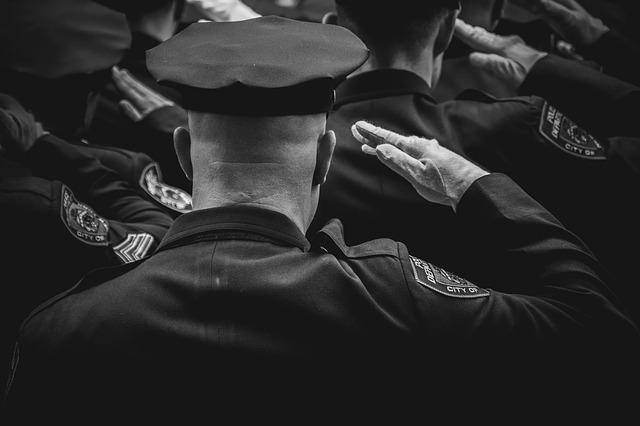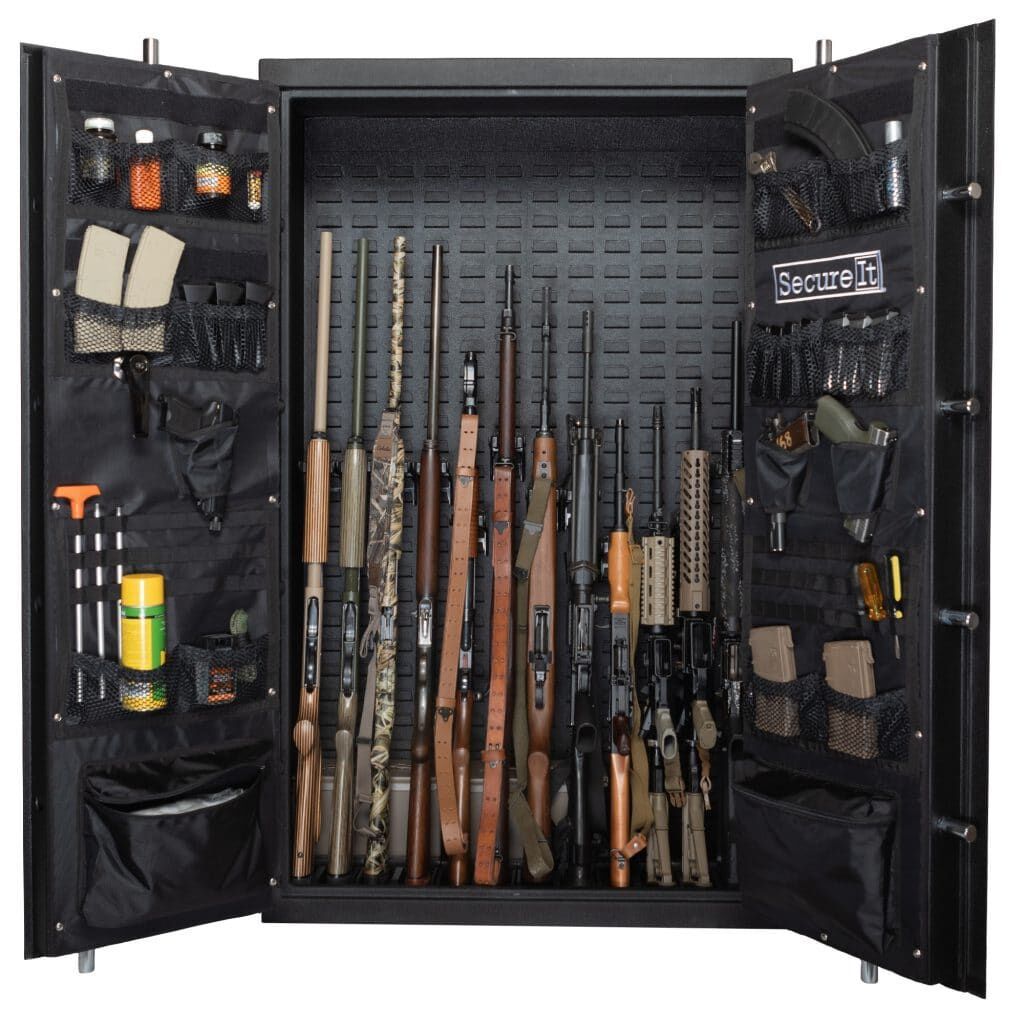
Today marks the start of the statewide youth hunt and an expanded early antlerless-only period. The Minnesota hunting magazine has the latest news and answers to frequently-asked questions. It also features information on youth season details and the deadline to apply. Continue reading to learn more about the youth season this year and to determine if your eligibility. Below are a few important facts about Minnesota youth deer hunting.
Only valid for bucks-only deer areas
The youth archery license for deer hunters is only valid for legal bucks. Bucks can only be hunted on public land and must weigh at least 13 inches in length and 10 inches in width. On designated junior deer hunt training dates, from November 5 through November 12, 2020, youth hunters are allowed to hunt with firearms. A hunter's license is valid for two seasons. If lost or stolen, a replacement tag can be issued.
You can hunt deer with buck-only or elk in certain counties outside of the hunting season. They are both federal holidays. However it is legal to hunt deer with bows within the counties they desire to hunt. These hunts have very specific rules and can vary from one county. But, it is important to know some key points for deer hunters in Wisconsin who plan on using bows.

CWD sampling mandatory for deer harvested during mn youth deer hunts
CWD sampling has been made mandatory by the DNR in Minnesota for youth deer hunters. To participate in youth deer hunts, hunters must bring a deer sample to a sampling station within the first 24 hours of harvest. You can find the location of each sampling station on the DNR website. To find the closest sampling station, hunters should call the DNR or visit the agency's website.
Permit hunters who wish to submit samples for CWD testing should take their deer to a self-service sampling station between Moorhead and Oslo. After collecting the deer, DNR staff will take samples from the Retropharyngeal Lymph Nodes. The samples will then be sent to a laboratory for further analysis. After results are completed, hunters can check the DNR's website to determine if the deer has contracted the disease.
Application due date
Minnesota DNR has published a list of dates available for its next youth deer hunt. This youth hunt is open only to 12 years old and takes place in a certain area. The Minnesota DNR education course is required for youth hunters. Both the youth and adult supervisor must complete the application and remain within 50 feet of the youth at all times. Youth deer tags can only be used to hunt antlerless whitetail deer, but you are allowed to bring crossbows if the adult is 21 years old or older.
Minnesota residents are required for license applications. Nonresidents will have to buy a license. Minnesota has three categories of deer hunting permits. Nonresident hunters can pay $165 while residents hunters pay $30. For youth hunters aged 10 and under, a free license can be applied for. Nonresident hunters can purchase a license that is valid for the entire year.

Cost of the license
Minnesota offers three types of deer hunting licences: resident, nonresident and bonus antlerless. Children under 12 years old are eligible to receive youth hunting tags for no cost. Adults must pay $165 to obtain a deer hunting permit. Nonresidents pay $80 and residents only $10 for a youth hunting license. Antlerless bonus tags are also available. They are $12 for residents and $20 for nonresidents.
To purchase a Minnesota youth deer hunt license, go to the Minnesota Game and Fish website and log into the system. Click on "Apply" under the section 'Lottery/Gratis. Enter your personal information such as your age. By the end of the calendar, you must be between the ages 11 and 12. The license is only valid for antlerless whitetail elk.
FAQ
What gun works best for hunting?
The most effective weapon for hunting is a.22 caliber rifle. It is light and easy to transport. It can be used to take pictures at long distances.
The best time to use this type of firearm is when you are not expecting an attack from a predator.
It is not a good idea to shoot at trees with ammunition. This would cause little harm. You should aim your gun at your prey.
A rifle with a.30 calibre can be used for hunting larger game such deer and elk. However, it's heavier than a.22 caliber rifle.
It will take more practice to be as accurate with a 30-caliber rifle.
What kind of training do I need to become a hunter? How long does it take to complete?
To learn how to hunt, you must attend a basic course. This course teaches about different game species and provides information about hunting laws.
You will learn how you can safely use ammunition and firearms. These items will be safely used.
This course can take anywhere from two to three weeks. Some courses can only be taken online. Some courses are offered online. Others can be taken in person.
Passing a written test is necessary to obtain a license. You may also need to show that you have completed a hunter education course.
What does it cost to be licensed? What happens if I don’t have enough money to pay for licensing?
It varies from one state to the next. It costs between $20 and $100.
You may be eligible for a loan, grant or other financial assistance if you don't have enough cash.
To pay the tag fee, you must also pay the fee. Tags vary in price based on the type of game you plan to hunt.
You can purchase tags for bears, elks, mooses, waterfowl, birds of the highlands, and furbearers (such foxes)
Some states require registration with the Department of Natural Resources to be eligible for a license.
Check local regulations before you go hunting.
Is hunting dangerous?
Yes, hunting is dangerous.
There are many ways to injure your self.
An example is poor shooting techniques. You might shoot from the wrong angle, or miss the right part of an animal.
Another danger is being attacked or bitten by another animal.
Hunting accidents happen every day. Many people are killed or seriously injured by their guns.
Hunters should never load their guns until they have reached their destination.
When they are out in the woods, they should make sure that their guns don't get loaded.
Always keep your eyes peeled. Listen for the sounds and be attentive to your surroundings.
You should not approach any animal unless you can defend yourself.
Never chase after prey. Instead, wait patiently and they will come to you.
Never take shortcuts. They could cause injury or death.
You should be careful when you are near cliffs or other places where you cannot view what is below.
Avoid streams and rivers. These areas could flood without warning.
When hunting, it is important to avoid alcohol consumption. Alcohol affects your judgment and slows down reaction time.
Keep all safety equipment close to you. Always have a flashlight, first aid kit, and flashlight with you.
Knowing how to respond to an emergency is crucial. Do not assume you know the basics of first aid or CPR.
Statistics
- Thanks to the 1937 Pittman-Robertson Act, an 11% excise tax was placed on the sale of firearms, which were then used for conservation. (stacker.com)
- According to the Wildlife Restoration Act, passed in 1937, most of the state conservation efforts are funded through hunting and fishing license sales and firearms sales. (stacker.com)
- Indiana, for example, saw a 28% jump in turkey license sales during the first week of the season. (stacker.com)
- Licenses dropped from a peak of roughly 17 million in the 1980s to 15 million in 2019, according to The Seattle Times. (stacker.com)
External Links
How To
How do I teach my son to hunt?
This is a common problem. This is a common problem for parents who want their children to learn how guns work, but do not know where they should start. Safety is the most important thing to remember when teaching your child how a gun works. You need to make sure that your child is aware of what to do in the event of an accident. Make sure that he is familiar with the shooting rules. You should instruct him to never touch the trigger while he fires. You must immediately take him to the hospital if he accidentally shoots yourself.
The next step is to show him how to operate different types weapons. This includes rifles, shotguns, pistols, and airguns. You should teach your child how different types of weapons work, so he can decide which one is best for him. When selecting a weapon, consider its size and weight, as well accuracy and power. A.22 caliber rifle would make a great starter rifle. It is compact enough to be held by beginners and strong enough to take out pests like squirrels. On the other hand, a 12 gauge shotgun is large enough for adults to hold comfortably while still having plenty of power to kill animals. Children who are learning to shoot can use airguns because they are quiet and simple to use.
Practice shooting at targets with your child. To determine which angle and position is best for him, he will need to try them all. It is important that he learns how to properly maintain and clean his weapon.
Once your child understands the basics, you are ready to teach him how to hunt. There are many ways you can teach your child to hunt. You can let your child go on a nature walk with you. Another option is to purchase a gun at a shop and teach your child how to load and unload it. Another way to help your child train a dog is to get one. Dogs are very easy to train. Dogs are fun to play with, and they can even become best friends with your child.
If none or all of these options appeal to them, you can hire someone else to teach your child. This method, however, is costly and requires a lot babysitting.